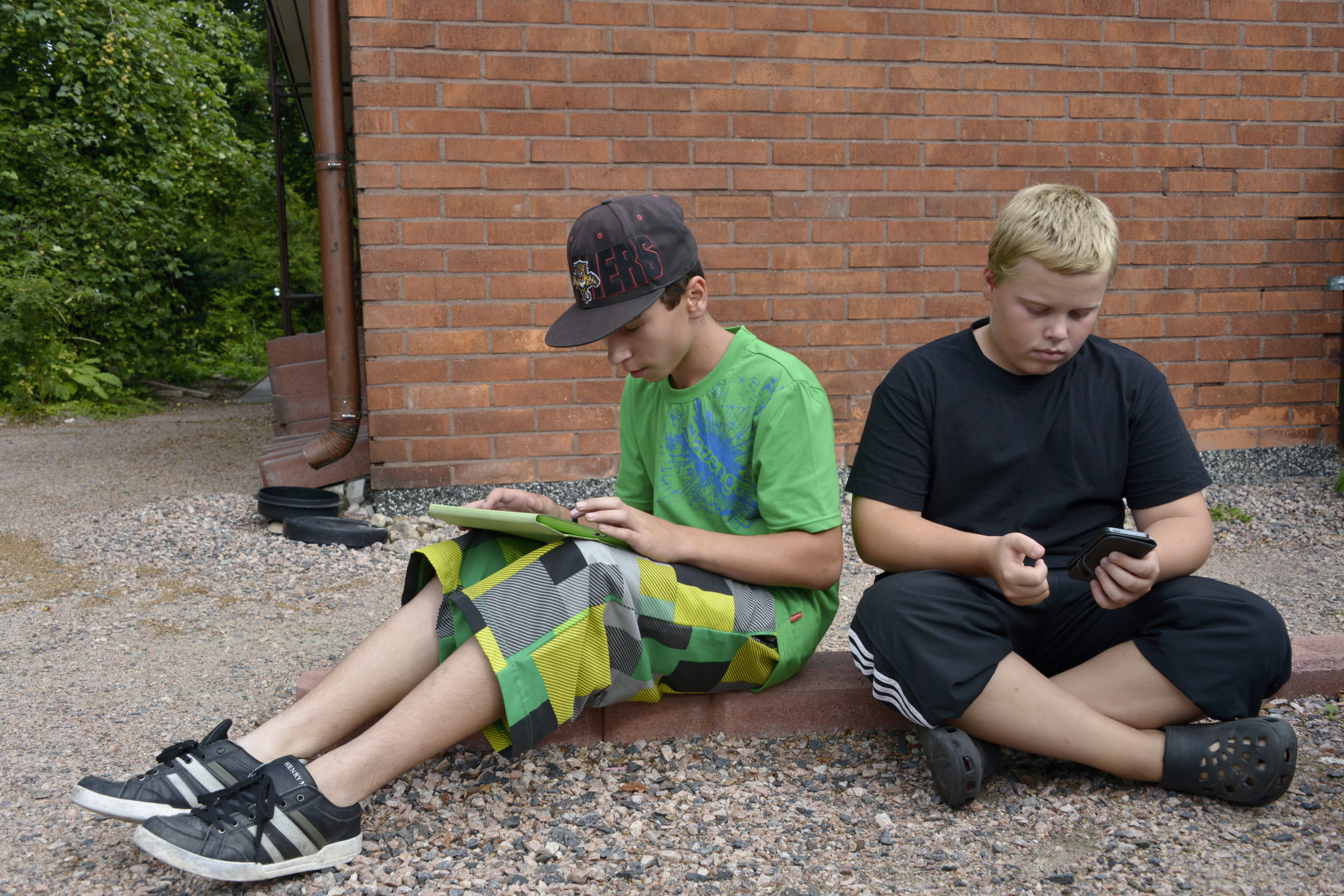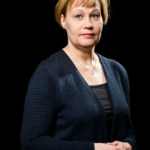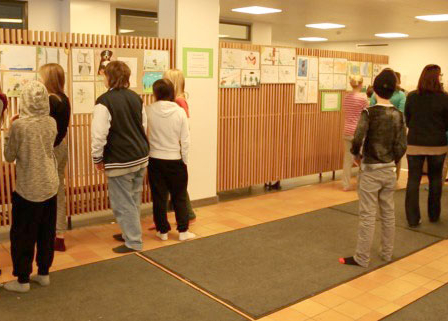The new operating model that Sitra launched in Finland improves the flow of information between those working with young people. The flagging system trial, launched in Mikkeli, will continue until the end of 2015, and has now been expanded to Espoo as well. The operating model is targetted at 10,500 children and young people and their closest circle in Mikkeli and 69,000 in Espoo. The objective is to bring about a national system and ensure equal provision of services to young people around the country.
The development of the operating model began in the Netherlands, when the country experienced several serious child abuse cases within a short period of time. One of these even had fatal consequences despite the fact that 18 professionals had attended to the child’s affairs. After this, the Netherlands began to develop an operating model that would support co-operation between professional employees in the earliest stages of a situation as possible. This led to the flagging approach, which has been a statutory operating model in the Netherlands since 2010.
“Even in Finland, there have been sad examples of what can happen to children. This kind of tool, promoting early-stage co-operation, may support the work of professional employees in Finland as well,” says Kimmo Haahkola, Leading Specialist at Sitra.
The good experiences of the operating model in the Netherlands encouraged Sitra to get down to business to enhance co-operation between those working with children and young people. The City of Rotterdam, with 34,000 people under 23, has the longest experience using the system. Some 17 per cent of Dutch children suffer from multiple problems. Approximately five per cent of these children and young people also face domestic violence and abuse.
“It has been considered a positive aspect of the operating model that professional employees stay aware of these young people even if their place of residence changes, or they evade services. Once professionals are already aware of the young person’s situation, they do not need to start on a clean slate when considering how to approach the case. The flagging systems of each city, province and region discuss with the national system,” explains Doreen Oosterman from the City of Rotterdam (the Dutch Ministry of Health, Welfare and Sport’s assessment of the national flagging system from 2010).
The aim of the early co-operation is to support children and young people when the problems are still small. The activity uses the flagging operating model that was generated in the Netherlands and the information system into which each professional employee can enter the contact information of any child or young person in need of support. If the contact information of the same child or young person is recorded by two professionals, a flag pair is established. Once a flag pair emerges, the child or young person’s family is contacted and a meeting with the professionals involved is suggested. The purpose of these meetings is to discuss the child or young person’s situation, potential need for support, and the arrangement of such support. The support is offered, but it is also always possible to refuse the offer.
“The suitability of such an operating model to Finland is being tested with the trials conducted in Mikkeli and Espoo. The experiences from Mikkeli are encouraging. The goal is to gradually build a national and comprehensive service system around a young person, where the provision of services would not depend on the municipality’s financial status or the young person’s place of residence. The big overall goal is to update the service system for young people to match the societal change and to prevent social exclusion of young people,” says Kimmo Haahkola.
The Tajua mut! flagging approach in a nutshell:
- The operating model encourages professional employees to co-operate in order to provide early support for children and young people.
- The operating model entails a concrete tool, the information system, that links professional employees working with children or young people together, thus helping to provide versatile support to children or young people as early as possible.
- The new system enhances co-ordination of services, which, on the other hand, reduces the need for families to run from one service to another.
- In Espoo, the operations include all children and young people aged between 9 and 28, and in Mikkeli between 13 and 29. The aim is to later expand the operations to younger generations as well.
- The operating model is based on openness and caring.
The name of the Tajua Mut! (understand me) flagging approach comes from young people in Mikkeli, and describes their wishes to be acknowledged and understood.
Further information:
Video: Dutch Flagging System, Reference Index
Gregor Neggers, Legal Advisor, Ministry of Health, Welfare and Sport
Presentations in English at Sitra’s seminar 4 September 2014:
A Success Story – Case Rotterdam
Video: Reference Index: case Jan
Doreen Oosterman, ProcessMmanager, Rotterdam
The case of Netherlands: the flagging system
Tijne Berg, Senior Advisor, National Youth Policy Institution
Anouk Gommans, Genral Manager, MultiSignaal




Recommended